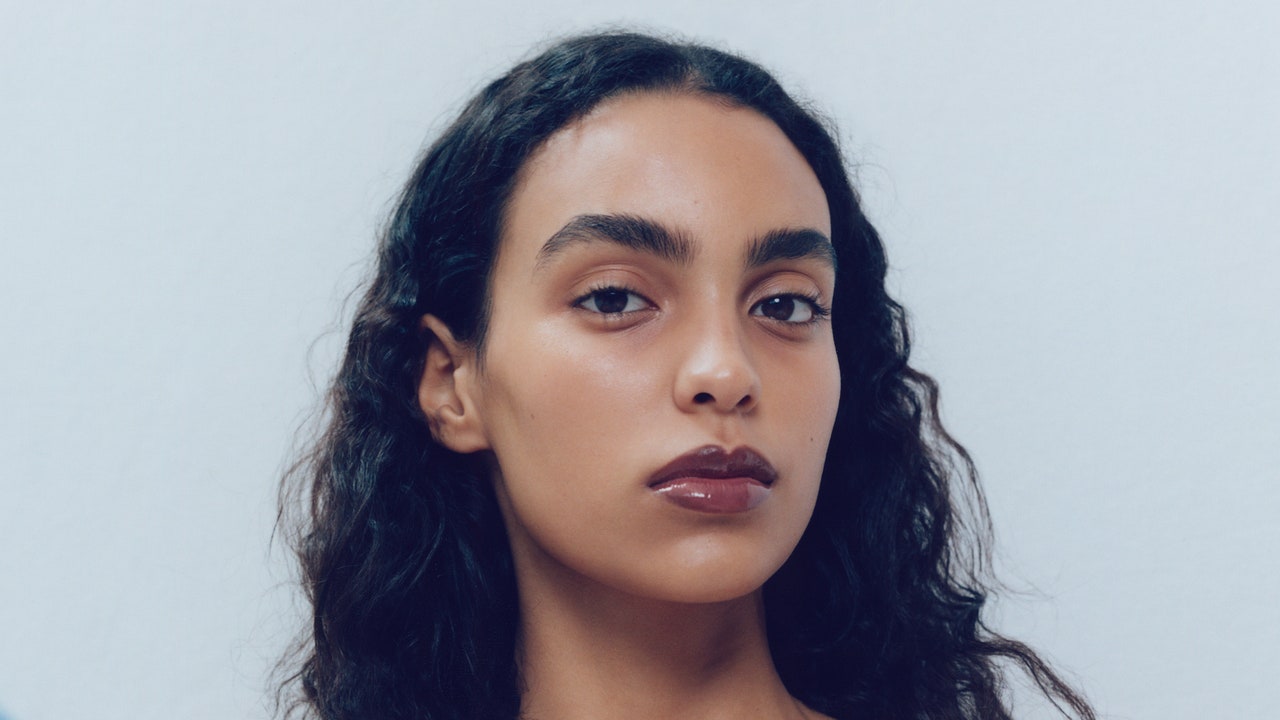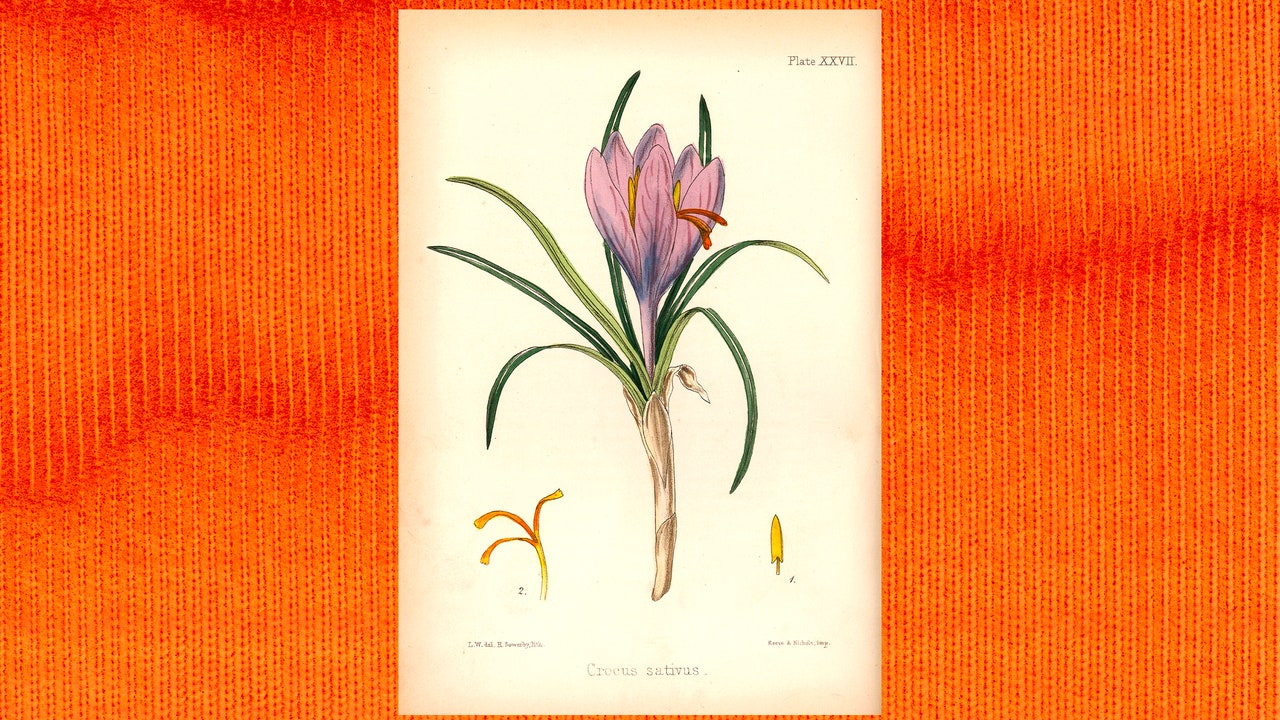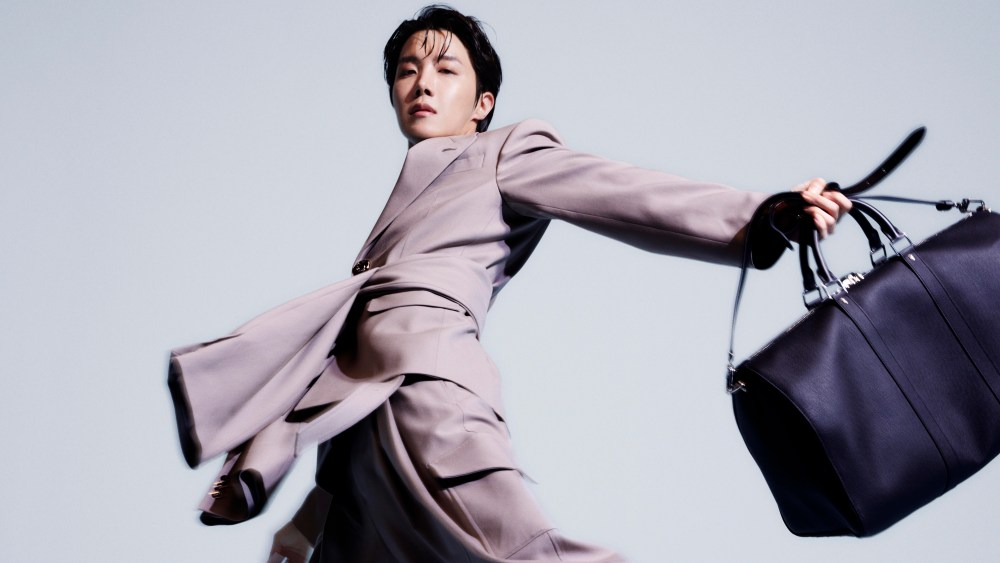
My hair isn’t straight—and yet, somehow, it never occurred to me that I needed a wavy hair routine. I spent most of my tweens, teens, and twenties heat-styling it into submission with a blow dryer or flat iron. Sometimes, I’d even curl it back into an artificial beach wave with a curling iron. The signs were all there, of course, quietly screaming that I was not doing my hair type justice: We’re talking about regular dryness, immediate frizz the moment humidity hits, and a constant battle with tangles.
According to pro hair stylist Samantha Draper, I’m not alone in realizing my hair texture later in life—she explains clues to look for if you suspect you may have wavy hair too. “Typically an indicator of wavy hair is air-dried hair that holds an S-shape wave. Wavy hair also has more volume than straight hair and often can be described as poofy or puffy,” Draper tells Vogue. “Frizz is a symptom of wavy hair because waves crave moisture. If you feel your hair can be frizzy, dry, and reactive to humidity, you likely have naturally wavy hair.”
Vogue’s Wavy Hair Essentials
Believe it or not, waves are just a looser curl pattern—and like curls and coils, they need their own specific routine. Wavy hair deserves just as much love and intention to bring out its best, natural self. “Consider a wavy hair routine an edited version of the TikTok viral Curly Girl Method—while there are overall similarities between the two routines, there are also key differences to what curls versus waves need,” says Draper. Below, learn from the pros step by step, how to develop the ultimate wavy hair routine.
Step One: Start With Moisturizing Shampoos and Conditioners
While a nourishing lather benefits all textures, it’s especially crucial for wavy hair. Why? Waves have an uneven cuticle structure, which makes them more prone to frizz and dryness, thanks to their less-than-stellar ability to retain moisture. “Moisturizing shampoos are vital to wavy hair types for many reasons: they aid in detangling, plus the added hydration revitalizes the hair’s cuticle to keep your wave pattern enhanced and bouncy,” says Draper.
The fix? Sulfate-free shampoo. Harsh cleansing agents only dial up the dryness. Instead, reach for gentle yet clarifying formulas loaded with botanical goodness—brands like Moroccanoil, Rōz, Alterna, and Pureology have standout options that cleanse without stripping. Pro tip: When applying conditioner, use the “squish to condish” method—gently squishing and scrunching the product into your hair. This helps define your wave pattern while sealing in all that much-needed moisture.
Step Two: Indulge in a Weekly Hair Mask
Weekly deep-conditioning treatments are essential in the name of moisture (your waves are already cheering). Not only does it combat the usual suspects—frizz, dryness, and breakage (farewell, flyaways!)—but it also improves elasticity by keeping hair follicles deeply hydrated. The result? Stronger, more defined waves with a healthy, light-catching sheen. “Curly hair could require deeper conditioning than wavy—because waves are a loose curl pattern, heavy product can weight it down. That being said, this texture is prone to dryness and frizz so I do recommend a solid conditioning regimen and hair masks on a weekly or need-be basis,” says Draper.
#Ultimate #Wavy #Hair #Routine #Pros






